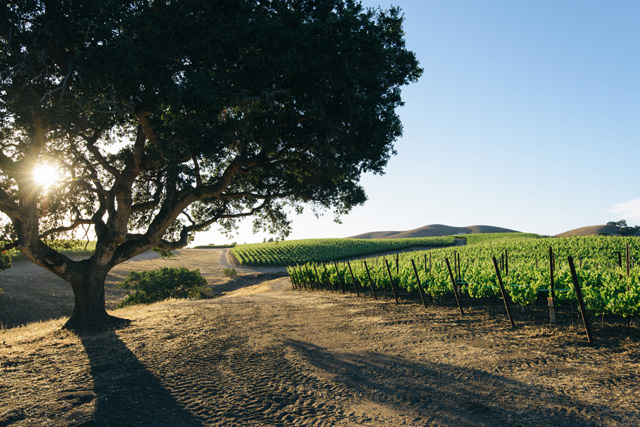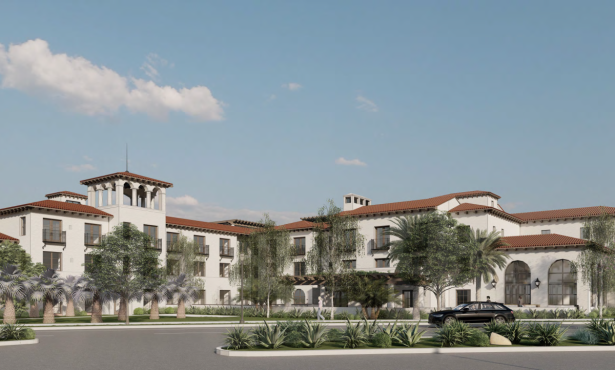Could Add-On Fee Better Market Santa Barbara Wines?
Vintners Association Exploring BID Assessment to Fund Advocacy and Outreach Efforts

Due to comparably low annual dues and a temperamental membership history, the Santa Barbara Vintners have long struggled to compete with other California regions in marketing the county’s wines to national and international customers. But now the organization is considering a potential silver bullet solution in the form of a BID, or business improvement district, in which a fee would be assessed on wine sales to pay for marketing campaigns and advocacy work.
It would be the first time that such a fee — which is common for hotel and retail associations — is used in the wine industry, although two entities in Sonoma County are also currently pursuing the idea. If successful, it’s likely this model would be adopted in wine regions across the country.
Details on the exact percentage assessed and which type of Santa Barbara County wine sales to target are being worked out. But early calculations predict that more than $1.5 million could be generated from a 2% fee, or 60 cents tacked onto a $30 bottle of wine. That would triple the Vintners’ current annual budget of about $500,000, and put the organization more in line with the spending power of Paso Robles and Sonoma, yet still far behind Napa’s nearly $10 million warchest.
The idea was first mentioned last summer during the 2018 Santa Barbara Vintners meeting by CEO Alison Laslett, who will reveal a more comprehensive plan during this year’s meeting on June 13. “The whole goal is to give the vintners what they want, and the vintners want more exposure and marketing,” explained Laslett. “The ambition is here, the quality of wine is here, and the landscape to attract tourists is here — we truly have all that. But what we don’t have is the funding that we need, and the BID would allow us to do that.”
Many wineries are already pledging support, while others are expressing early concerns about being hit with a new type of tax. Whereas membership in the organization is optional today, the BID would force wineries that don’t value regional marketing to automatically kick in. There are fears that the issue could become divisive in a way that harms the region as well as the organization, and worries that the voting process for a BID — where votes are weighted depending on annual sales — doesn’t feel democratic.
Once officially proposed, more than 51 percent of the affected wineries would have to approve for the BID to be adopted.



